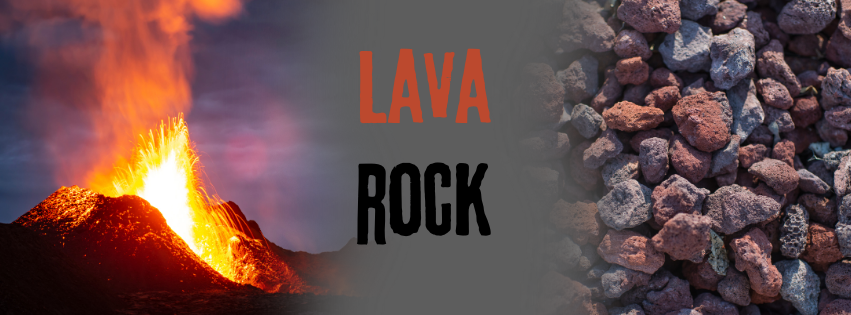Lava Rock For Aquariums
Lava Rock: A Versatile and Beneficial Addition to Your Aquarium
Lava rock, a natural volcanic rock, has become increasingly popular among aquarists due to its unique properties and aesthetic appeal. Formed from molten lava that has cooled and solidified, lava rock offers a range of benefits for your aquarium ecosystem.
Formation and Properties:
Lava rock is formed through volcanic eruptions. When molten lava cools rapidly, it solidifies into a porous, lightweight rock. This porous structure creates a large surface area, making it an ideal substrate for beneficial bacteria to colonise. These bacteria play a crucial role in the biological filtration process, helping to maintain water quality.
Sizes and Shapes:
Lava rock is available in various sizes and shapes, from small gravel-sized pieces to large, irregularly shaped rocks. This versatility allows you to customise your aquarium’s hardscape to your specific preferences. Whether you’re aiming for a minimalist or a complex, multi-layered layout, it can be adapted to suit your vision. Always ensure eye protection is worn when breaking up rocks.
Water Parameter Stability:
One of the significant advantages of lava rock is its neutral impact on water chemistry. Unlike other rocks, such as limestone, lava rock does not significantly alter the pH or hardness of the water. This makes it safe for a wide range of fish and invertebrates, including delicate species like shrimp.
Stacking and Joining:
Lava rock’s porous nature allows it to be easily stacked and joined together to create larger rock formations. This makes it perfect for building caves, overhangs, and other intricate structures. By using aquarium-safe glue, you can secure the rocks in place, creating stable and visually appealing hardscapes. We recommend Moss Scapers Glue
Ideal Substrate for Epiphyte Plants:
Lava stones’s porous surface provides an excellent anchor for epiphyte plants such as Anubias, Java Fern, and Bucephalandra. These plants attach themselves to the rock’s surface, creating a natural and visually appealing display. The porous nature of the rock also allows the plant’s roots to penetrate the surface, providing stability and access to nutrients.
Aesthetic Appeal:
Lava rock’s striking black colour contrasts beautifully with a variety of substrates, including sand, gravel, and soil. This contrast can help to highlight the colours of your fish and plants, creating a visually stunning aquarium.
Customisation and Versatility:
This rock is highly customisable. You can easily break it into smaller pieces using a hammer or rock chisel to create the desired size and shape. This allows you to tailor your hardscape to your specific needs and preferences.
Cost-Effective Solution:
Lava rock is a relatively lightweight material, meaning you can create impressive rock formations without breaking the bank. Its porous nature allows you to achieve a high volume of rock in your aquarium, maximising its visual impact.
This rock is a versatile and beneficial addition to any aquarium. Its unique properties, including its porous structure, neutral effect on water chemistry, and aesthetic appeal, make it a popular choice among aquarists. By incorporating it into your aquarium, you can create a natural and visually stunning environment for your fish and plants.
Buy Black Lava Rock HERE
For inspiration, please consider checking out our Instagram page.



